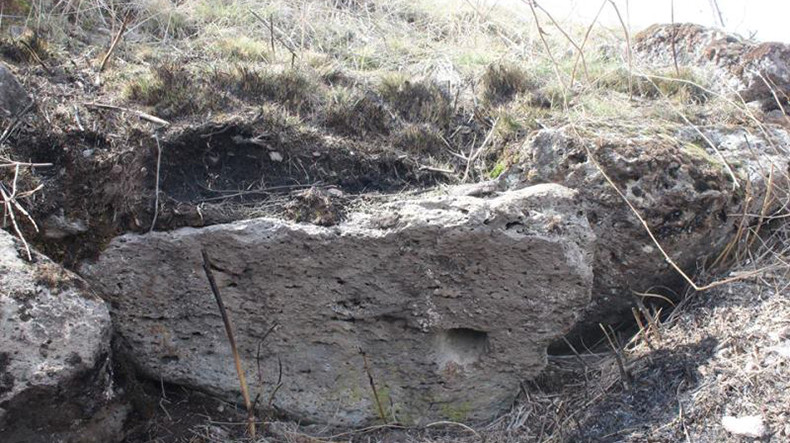
New stones discovered at Armenia’s Zorats Karer monument
Three new stones with holes ranging from 60 centimeters to one meter have recently been discovered in the southern wings of one of the north-western tomb monuments of Zorats Karer (Karahunj, Armenian Stonehenge) megalithic monument in Armenia, Panorama.am reports, citing the Service for the Protection of Historical Environment and Cultural Museum Reservation.
According to Ashot Avagyan, Head of “Zorats Karer Site” historical and cultural reserve, the findings are of particular importance for the further research of the archaeological site.
“Similar stones can be seen on two covers of the tomb, however the stones in the walls are discovered for the first time,” Ashot Avagyan said, explaining that the grass covere has hindered to observe them so far.
As the head of the reserve noted, the stones once again come to prove that the Zorats Karer has not functioned as an observatory. The stones were brought there for construction purposes, with the holes in the stones made to move them.
Mr. Avagyan also informed that the archaeological expedition is set to resume the excavations in the central tomb and in a number of areas of the monument in June 2017.
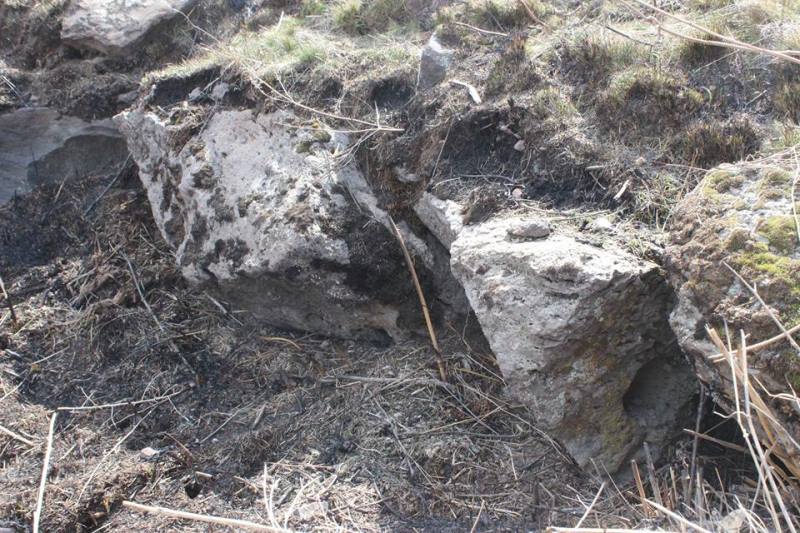
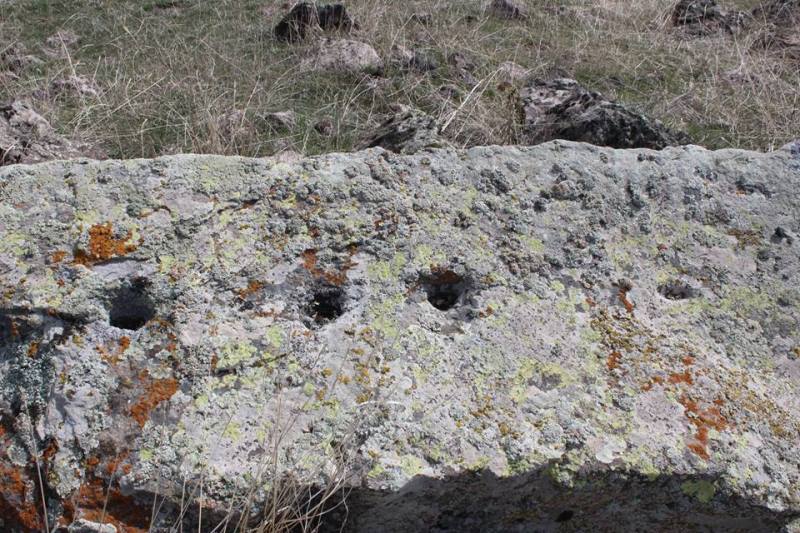
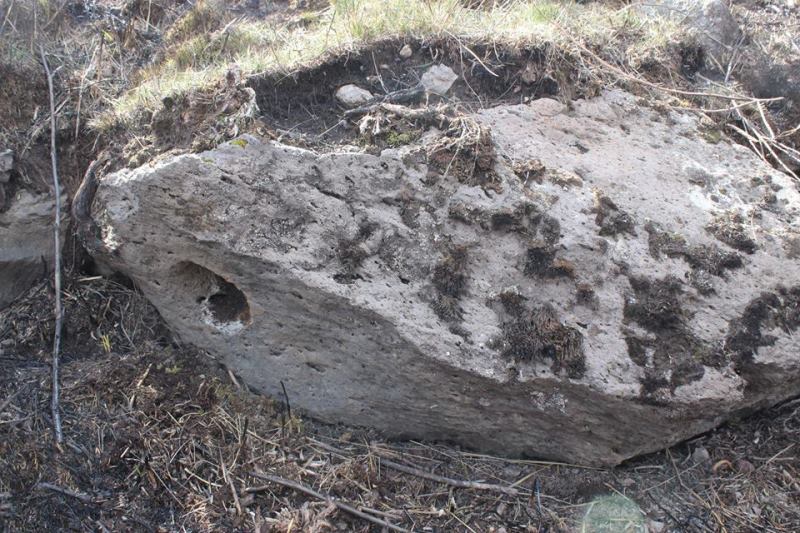

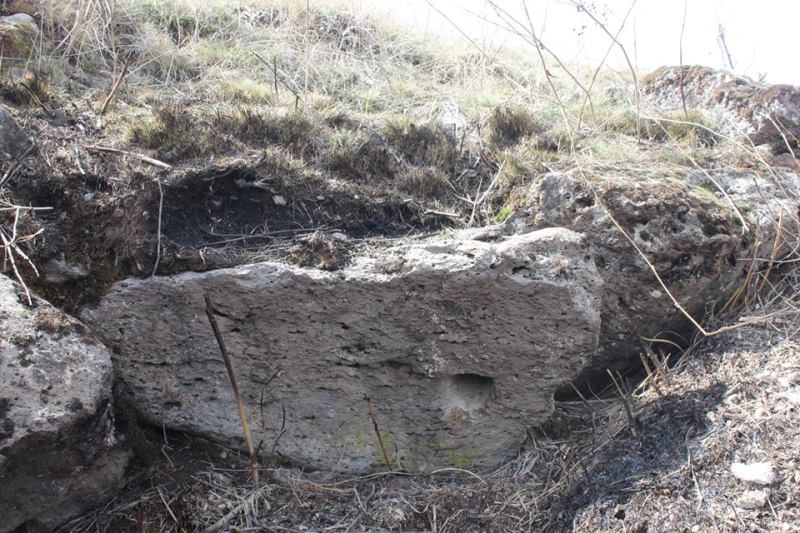
Zorats Karer is a unique historical megalithic monument in Armenia also famous as Karahunj (Carahunge). The monument occupies more than 3 hectares of land and consists of several separate stones and stone groups (central circle, south and north wings, north-east alley, chord crossing the circle, separate standing stones). The basalt stones are 0,5-3 meters high and weight up to 10 tons. 15-20 centimeters below the tip of the stones there are holes 4-5cm in diameter.
The monument is a complex of vertically fixed and very unique stones. All stones, which are surprisingly well arranged, are of basalt. The most interesting part is that some of the stones have holes on them that are accurately corresponding to the alignment of stars of the era that they were founded.
An ancient stone mausoleum was located in the center of the main monument. Its chamber was robbed in the past. Ceramic fragments found inside the mausoleum are believed to come from the XV-XIV centuries B.C. Judging by the findings the mausoleum belongs to the Bronze Age and dates back to the first quarter of the IInd millennium B.C. Hence, the settlement nearby the monument should also belong to the same period; archaeological sources consider it to date back to the IIIrd millennium.
Zorats Karer is considered to be the equivalent and the Armenian answer to British Stonehenge and is often called Armenian Stonehenge. The most astonishing and fascinating fact is that Zorats Karer is 3.500 years older than England’s Stonehenge and 3.000 years older than the Egyptian pyramids.
Newsfeed
Videos






























